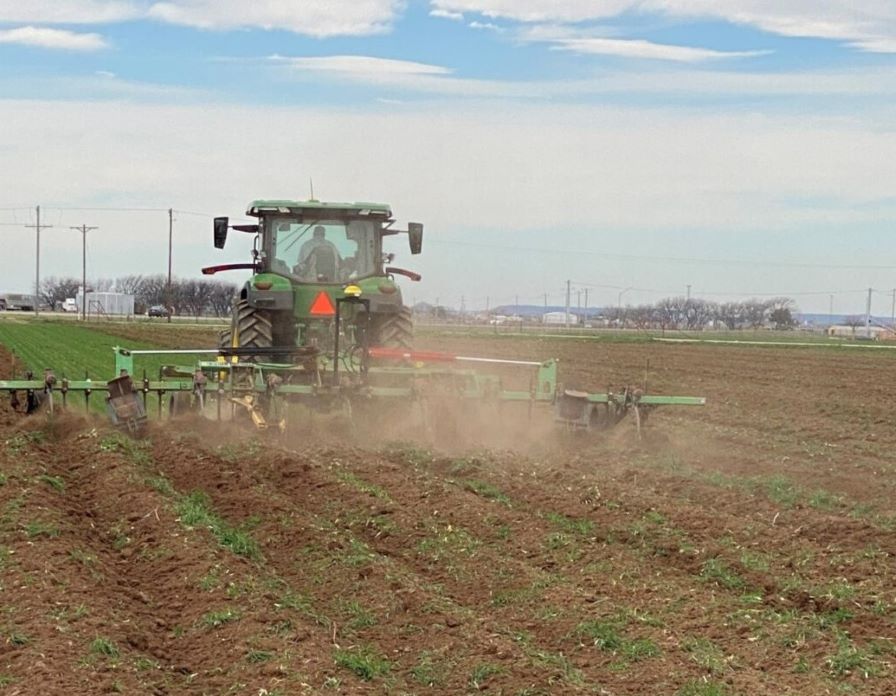With Market Oversold, Is Bullish Return Near?
The cotton invert continues, as both the U.S. and Australian crops are oversold.
The October-December is holding on to just a 60-point spread, while the December-March is dangling by a mere 47 points. Given the robust export market, the invert is expected to continue at least into early harvest. Yet, cotton’s general price level remains under attack, as algorithm and other speculative traders continue their selling barrage.
The cotton trade appears to be the only price friend in the cotton market.
Once again, this has brought out the discussion of whether fundamentals matter. Fundamentals will matter, but, for now, they are on the sidelines, and speculative trading with its negative bias seems to mark the market each day. As mentioned last week, this trading pattern may well be with us into early to mid-August.
Thus, the 66-69 cent trading range will continue. The best bet for a breakout is on the heels of the August supply demand report.
The July supply demand report contained few changes, but notable ones in that USDA elected to modify its Indian database, generally increasing production and carryover. The 2017 U.S. crop estimate was lowered 200,000 bales. However, significant changes for India in both 2016-17 and in 2017-18 offset the smaller U.S. crop and were reflected in an approximate one million bale increase in world production and carryover for the 2017-18 marketing season.
Once again, USDA failed to evaluate the export market for U.S. cotton, favoring the safe bet and just waiting another month for the 2016-17 marketing season to end and thereby just using actual data as their estimate. Likewise, the Department choose not to recognize the torrid pace of 2017-18 export sale registrations and left that estimate unchanged at 13.5 million bales. In USDA’s defense, it is early in the year, but sales are on a pace of 15.5-15.7 million bales for the upcoming marketing year.
While the USDA numbers were very neutral, the market appeared to seize on the Department’s sole attention to production at the expense of demand as a reason to drift lower. Nevertheless, it should be noted that world consumption is expected to outpace world production, and this should be supportive to world prices from August forward.
Additionally, U.S. exports only have to average less than 120,000 RB bales per week during the remaining four weeks of the 2016-17 marketing season to exceed the 2016-17 USDA estimate of 14.5 million bales. Most expect the average to be closer to 200,000 RB or better, as mills have expressed an immediate need. That pace would push U.S. exports to 14.7 million bales, or even possibly as high as 14.8 million bales (very optimistic). Very importantly, this would lower U.S. carryover to a psychologically bullish 2.9-3.0 million bales and likely remove the bearish bias from the market. Thus, the reason many feel that USDA is not recognizing actual shipment trends.
Granted, USDA did have the export data available for the week ending July 6 (not available to the public at the time of the WASDE release) when the WASDE was released. It may have been misled by the small export sales and limited shipments on the week. However, it should have been recognized that the period covered the July 4 holiday that saw a 3-4 day holiday observed by many U.S. shipping workers and cotton offices.
China and Vietnam continue as the primary buyers of U.S. cotton, with both looking for high quality cotton (of course, Turkey is a major buyer as well). China is finding its mills more active than forecast, and its reserve sales are on the same pace as established in 2016. Reserve sales are near 8.7 million bales and are on pace to exceed the 10 million bale goal.
All commodities are severely oversold, and this sets the stage for a bit of a bullish revival in commodity markets. As mentioned in prior weeks, fund managers have pulled the bulk of their cash assets out of commodities and in cotton, in particular. The trade has been the principal stopgap, but the August time period should bring new funds to cotton as the market begins to understand that the world crop is likely somewhat overestimated.
While the U.S. has a very mixed bag of crop conditions, so do both India and China. USDA increased the Indian crop on the basis of a normal-to-better monsoon. Recent reports suggest the northern crop will in fact see that improvement. The states of Punjab, Haryana and Rajasthan are expected to enjoy a crop some 25% larger than last season. However, an estimated 15% of the Indian crop is rainfall deficient.
Thus, as has been stated over the past weeks, Mother Nature can change crop expectations quickly. The thought is that the world crop is getting smaller rather than larger – the opposite of the USDA view.
Finally, as stated last week, look for the cash basis at harvest to be significantly improved.
Give a gift of cotton today.









